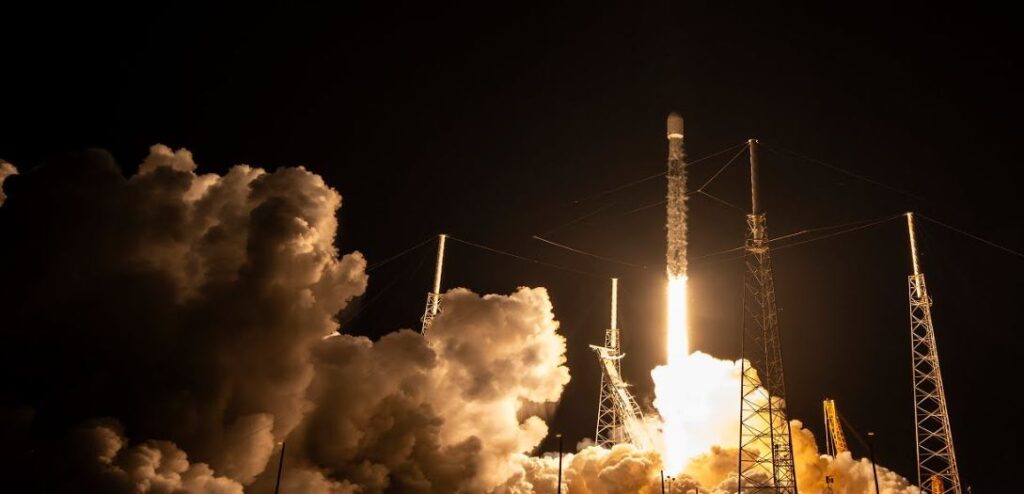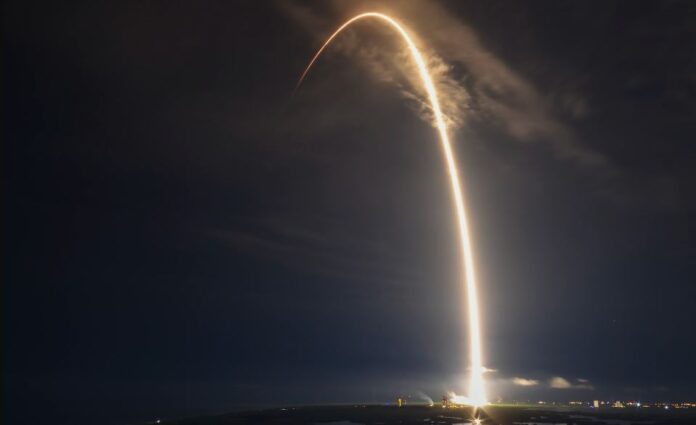Elon Musk announced that Starlink, his satellite internet company, now accounts for over 65% of all satellites orbiting Earth, marking a significant milestone in the evolution of global connectivity. “Starlink began 10 years ago and is now two-thirds of all of Earth’s satellites,” Musk stated, highlighting the rapid growth and reach of the satellite constellation.
This achievement raises critical questions about the United States’ approach to rural connectivity. Despite having $42 billion allocated to enhance internet access in underserved communities, many are questioning why more support isn’t being provided to leverage Starlink’s capabilities for connecting these areas. As the demand for reliable internet continues to grow, the effectiveness of existing initiatives is coming under scrutiny.

First Starlink Satellite
The first Starlink satellite was launched on May 24, 2019, aboard a SpaceX Falcon 9 rocket from Cape Canaveral, Florida. This marked the beginning of SpaceX’s ambitious plan to create a global broadband network using a constellation of satellites in low Earth orbit. The initial launch included 60 satellites, setting the stage for subsequent launches and the rapid expansion of the Starlink network.
Key facts about Starlink satellites:
- Constellation Size: Starlink aims to deploy thousands of satellites, with plans for up to 42,000 satellites in low Earth orbit (LEO) to provide global broadband coverage.
- Orbit Altitude: Starlink satellites typically operate at altitudes ranging from about 340 km (211 miles) to 550 km (342 miles) above the Earth.
- Launch Frequency: SpaceX has been launching Starlink satellites regularly, with multiple launches often taking place each month to expand the network rapidly.
- Internet Speed: Starlink aims to provide internet speeds ranging from 50 Mbps to 150 Mbps, with latency around 20 to 40 milliseconds, making it competitive with traditional broadband services.
- User Terminal: Customers use a Starlink user terminal, commonly referred to as a “dish,” which automatically aligns itself with the satellites overhead to maintain a stable internet connection.
- Global Coverage: The satellite constellation is designed to offer internet access to underserved and rural areas globally, as well as to provide service in remote locations.
- Starlink App: Users can download the Starlink app to check satellite coverage, manage their service, and receive updates about network performance.
- Inter-satellite Links: Some Starlink satellites are equipped with laser communication technology, allowing them to communicate with each other in orbit, reducing latency and improving performance.
- Environmental Considerations: SpaceX has made efforts to mitigate the impact of Starlink satellites on astronomy, including launching satellites with sunshades to reduce their brightness.
- Beta Testing: Starlink services have been in beta testing under the name “Better Than Nothing Beta,” allowing users to provide feedback on performance as the network continues to expand.



